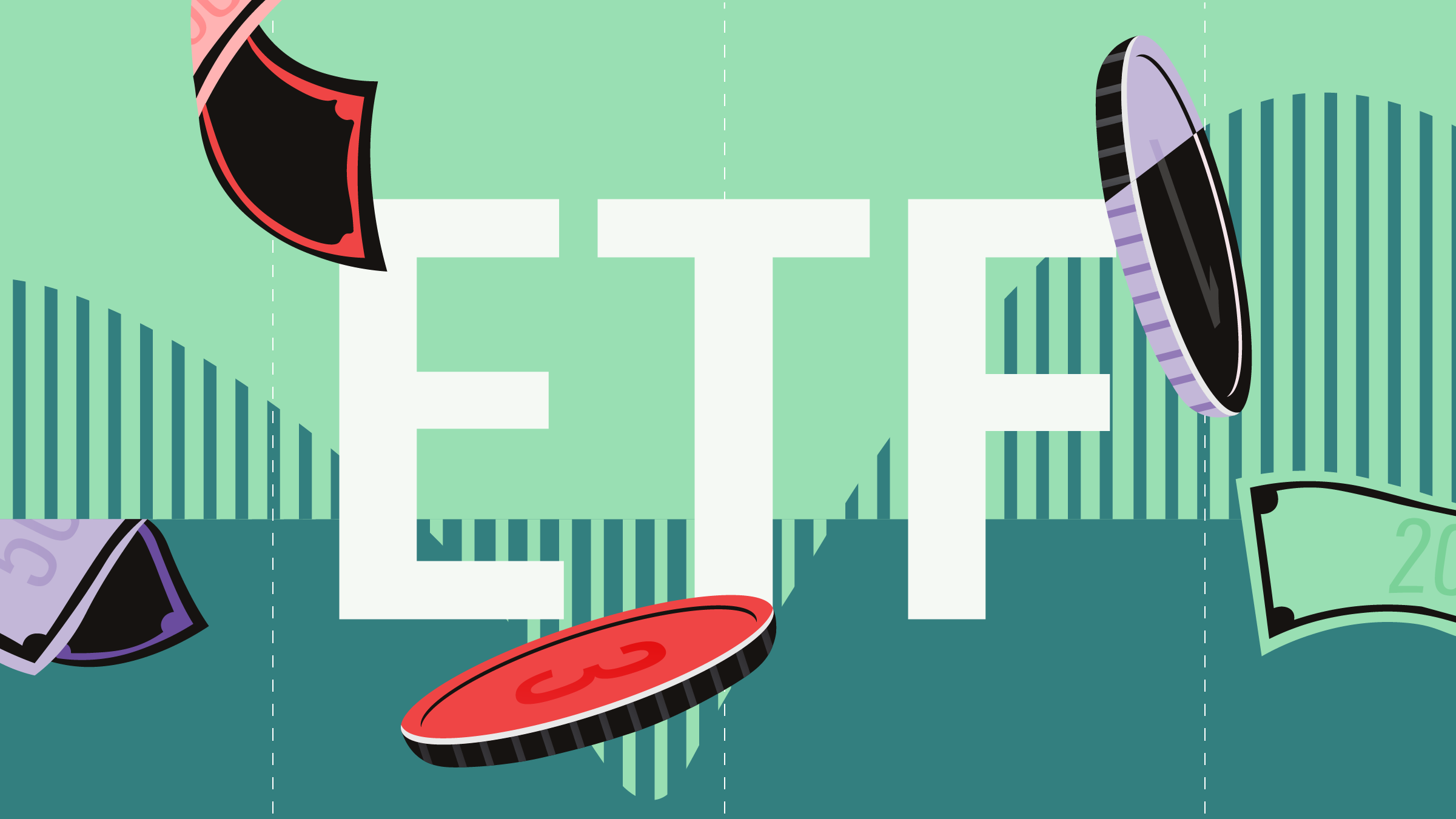Ashley Redmond: I'm Ashley Redmond for Morningstar.ca and I am here with Michael Katchen, founder and CEO of WealthSimple. Michael thanks so much for joining me.
Michael Katchen: Thanks for having me.
Redmond: [Many] people are in interested in robo-advising. But the number one question that I get is how do you set up portfolios [to meet] different investor’s needs? Tell me about that.
Katchen: Sure, we take this very seriously. As you know investors have very different needs and we need to cater to that. So our process is two steps. The first step is taking an online risk assessment. So eight questions and [the risk assessment] tries to understand a little bit about the type of investor that you are, your appetite for risk and that sort of thing. The second [step is that] we assign you a dedicated advisor. It's one of the reasons that I hate the term robo-advisor. We actually give you a flesh and blood human advisor and we call it a wealth concierge. And through a conversation with your wealth concierge you review your risk assessment, and dive deeper into your investment goals; with those two things we build a portfolio that’s right for your needs.
Redmond: That’s important to point out because that’s a huge misconception.
Katchen: About robo-advice?
Redmond: Yes.
Katchen: That’s right.
Redmond: Some people don’t think that they'll ever have human interaction.
Katchen: That’s right. It's a really important part of our model. We believe that advice is important and that everybody wants someone a dedicated person that they can go to when they have questions. So we give you a wealth concierge. It's always the same person and they are not going to take you golfing and they are not going to take you to lunch once a quarter. But if you ever want to talk by phone, by skype, or text or email, they are the person that’s there to help you out and support you with financial planning advice.
Redmond: Great. So, is your portfolio only composed of ETFs? Or what products do you offer?
Katchen: We use ETFs today. Our approach starts with finding the right asset allocation for each investor. As you might know asset allocation drives 90% plus of long-term investment returns. So, that’s really the most important part of figuring out what the portfolio looks like. From there we find the best products to get you exposure to each of those assets in the portfolio. We think ETFs are the lowest cost, most tax efficient, and most liquid vehicles for that. So, we use eight to 10 ETFs for each portfolio, as a result of that.
Redmond: Okay and when you are building portfolios what strategy do you base your portfolios on?
Katchen: The data on this is very clear. Trying to beat the market is a really tough proposition. In fact, in any given year 85% plus of active managers fail to do so. So, we try to track the market, but we're trying to be a lot more thoughtful about risk management. We're trying to get long-term market returns of 6% to 8% through tracking the market with a broadly diversified portfolio. We're also trying to be thoughtful about risk management, so that you are not going to have crazy swings as the markets jump up and down over time.
Redmond: As a client, say I am tracking my portfolio, am I in charge of rebalancing it or is that the wealth concierge?
Katchen: We got you covered on this stuff. I mean a big part of what we are trying to do is simplify your entire life, especially when it comes to investing. So we take care of rebalancing, unlike a typical advisor that might do this once a year or once a quarter. We look at your portfolio every day with software to determine whether or not it makes sense to rebalance and if so we automatically will do that for you. We do all the work to make your life easier.
Redmond: Makes sense.
Katchen: Yeah.
Redmond: Great, thanks so much Michael.
Katchen: Thanks so much for having me.

















